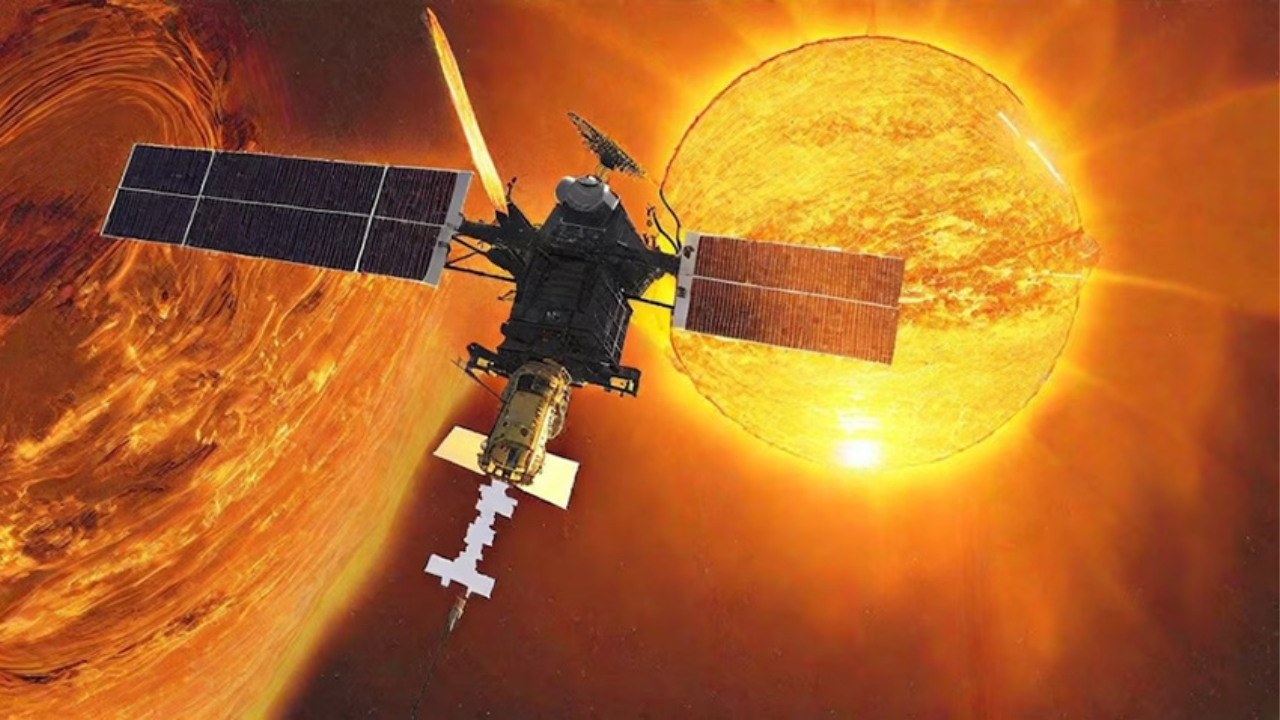India’s maiden solar mission, Aditya-L1, which embarked on its journey on September 2, is gearing up for its final manoeuvre to reach its intended destination, the L1 point, on January 6, as confirmed by ISRO Chairman S Somanath. The spacecraft has successfully undergone four earth-bound manoeuvres and a Trans-Lagrangean Point 1 Insertion (TL1I) manoeuvre so far.
Somanath, addressing reporters, shared insights into ISRO’s plans for the coming year, emphasizing a busy calendar with about 12-14 missions in the pipeline. He underscored the need to maintain a minimum target of 12 missions in 2024, expressing confidence in ISRO’s readiness to achieve this goal. The ISRO chief, while not delving into specific details, highlighted the organization’s commitment to meet mission objectives, contingent on successful hardware production and testing.
Speaking about the Gaganyaan mission, Somanath outlined key milestones for 2024, including two more abort missions, a parachutes drop test, and numerous valuation tests before the actual launch scheduled for 2025. He deemed 2024 as the “Gaganyaan year,” anticipating significant progress and readiness for India’s ambitious human spaceflight program.
In a significant achievement earlier today, the X-ray Polarimeter Satellite (XPoSat) was successfully launched to study X-ray emission from celestial sources. ISRO chief S Somanath commended the precision of the launch, stating that the satellite was placed precisely into the intended orbit of 650 km with a 6-degree inclination.
Somanath emphasized the importance of the XPoSat mission, marking India’s inaugural observation of black holes. He expressed the aspiration to nurture a pool of at least 100 scientists capable of contributing to the global understanding of black holes.
Reflecting on the achievements of 2023, which included the successful soft landing of Chandrayaan-3 on the moon’s south pole and the launch of Aditya-L1, India’s first solar mission, Somanath highlighted their impact on India’s standing in the global space economy. These milestones have also propelled the private space sector in India, setting the stage for future endeavors.
Looking ahead, India’s space aspirations include the Gaganyaan Mission in 2024-2025, the establishment of the ‘Bharatiya Antariksha Station’ by 2035, and the ambitious goal of sending the first Indian to the Moon by 2040. With each successful mission, India continues to carve its niche in space exploration, showcasing technological prowess and contributing significantly to the global scientific community.


















